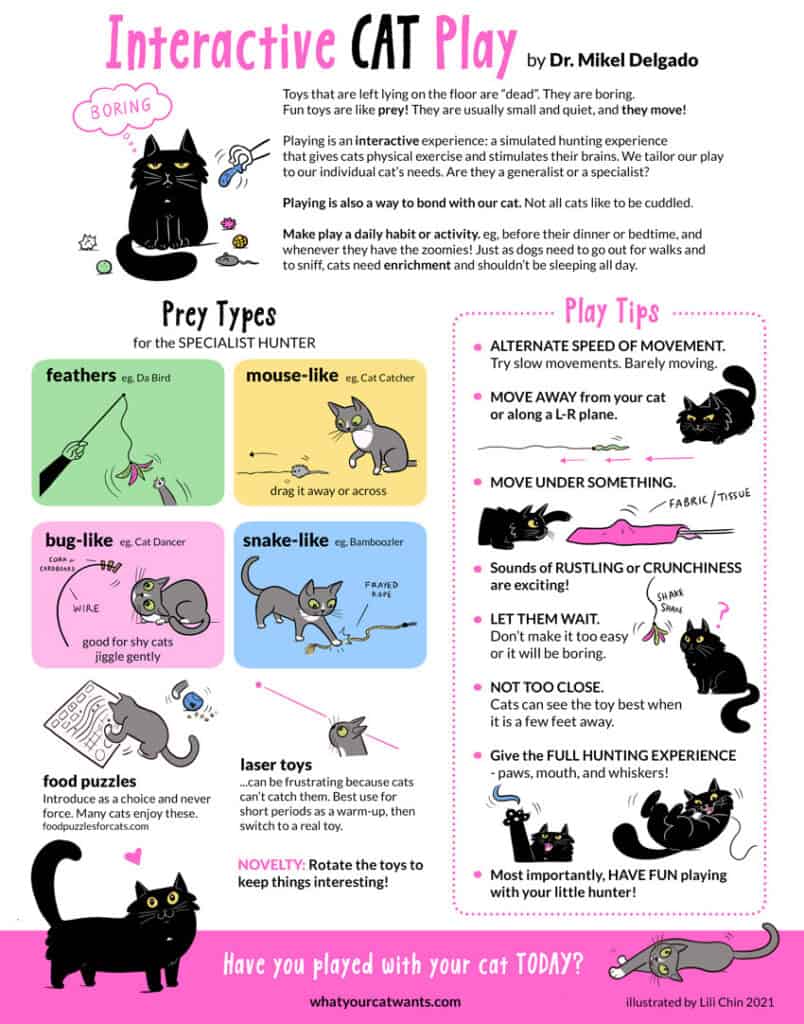For many of us, a post-COVID world may mean we get to visit family again, go to concerts, hug our friends…but for some of our pets, it will mean they’re suddenly spending a lot more time alone. As we slowly begin to return to the office and a semi-normal routine, it’s vital that we think about our pets, and how we can help them adjust to spending their days by themselves again. Remember, this has been an adjustment for us all, including our pets! Without preparation and some training, some pets may experience stress and anxiety when we start leaving them alone for longer periods of time.
Dogs
For dogs, the most common separation-related problems are separation anxiety and separation stress. These problems fall on a spectrum, with separation stress being on the mild end and separation anxiety on the extreme end. Separation stress manifests in behaviors like panting, pacing, and barking or whining, while separation anxiety is like a panic disorder and a dog may potentially harm itself, try to escape, or become destructive. If you suspect your dog may be suffering from separation anxiety, it’s very important that you consult your veterinarian or see a veterinary behaviorist for support that may include medication.
Going slowly and progressing in steps is integral to successfully preparing your dog for being home alone for long periods of time. The goal is to desensitize your dog to both the process of your leaving home as well as your absence. We call actions like picking up your keys or putting on your shoes “departure cues” and they can indicate to your dog that you are about to leave.
Step 1 – Desensitization: Pick up your keys, walk around the house, put them back. Put on your shoes, sit down on the couch, and take them off. Do this a few times in a row, until your dog starts to relax.
Step 2 – Introduce Short Departures: Leave the house for very short amounts of time – 1 minute, 3 minutes, etc, and increase the time incrementally. If your dog starts to whine, that’s ok. Wait for them to be quiet, then come back inside. Make sure you leave your dog something to do, like a food puzzle or a stuffed Kong. You may even want to set up a camera or your phone to record your dog while you are outside, so you can see what behaviors they exhibit when you leave. If your pet is unable to relax when you stay away longer and longer, try to identify the duration of alone time that your pet is comfortable with and work from there, testing longer and shorter periods away.
Step 3 – Practice Independence: Use fun games and activities to get your dog comfortable with doing things independently – problem-solving games, puzzles, and confidence-building activities are all great. Practice these in everyday life – during dinner, while you’re on a Zoom call, or during your morning routine. You may even want to use a barrier like a pet gate to encourage your dog to be in it’s own space during an activity. Lastly, keep a journal to track your dog’s progress. Note what you work on each session, including enrichment items you use, behaviors you observe, and milestones your dog achieves.
Cats
There is a misconception that all cats are confident, independent creatures. Many cats are very attached to their people and have become used to them being nearby all day. Since cats thrive on a consistent routine, they will need help adjusting to their “new normal” as well! Separation-related problems in cats will exhibit themselves differently than in dogs. You may see scratching, destructive behavior, or inappropriate urination. A cat displaying these behaviors is not trying to spite you – they are scared and stressed!
The steps to adjust a cat to a new daily routine are very similar to the steps laid out above in the dog section – go slowly, adjust them to longer and longer periods of time alone, and use enrichment tools like food puzzles to keep them busy and build their confidence. Adding or increasing daily interactive play can also be a cat confidence booster. For example, engage your cat in 10-15 minutes of wand toy play to tap into its natural hunting abilities. Then end the session with a treat or meal and your cat will feel as if it has triumphed as a hunter and caught its prey!
Mental stimulation and physical exercise for cats is also very important. Interactive play and food puzzles improve their physical and mental well-being and make for happy cats.




